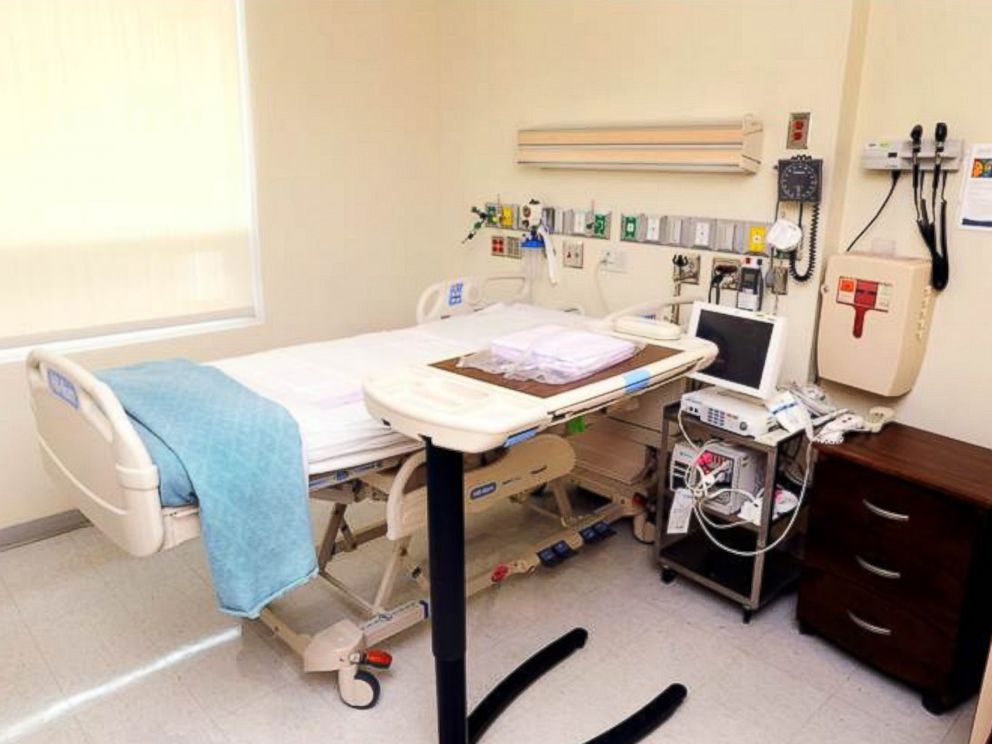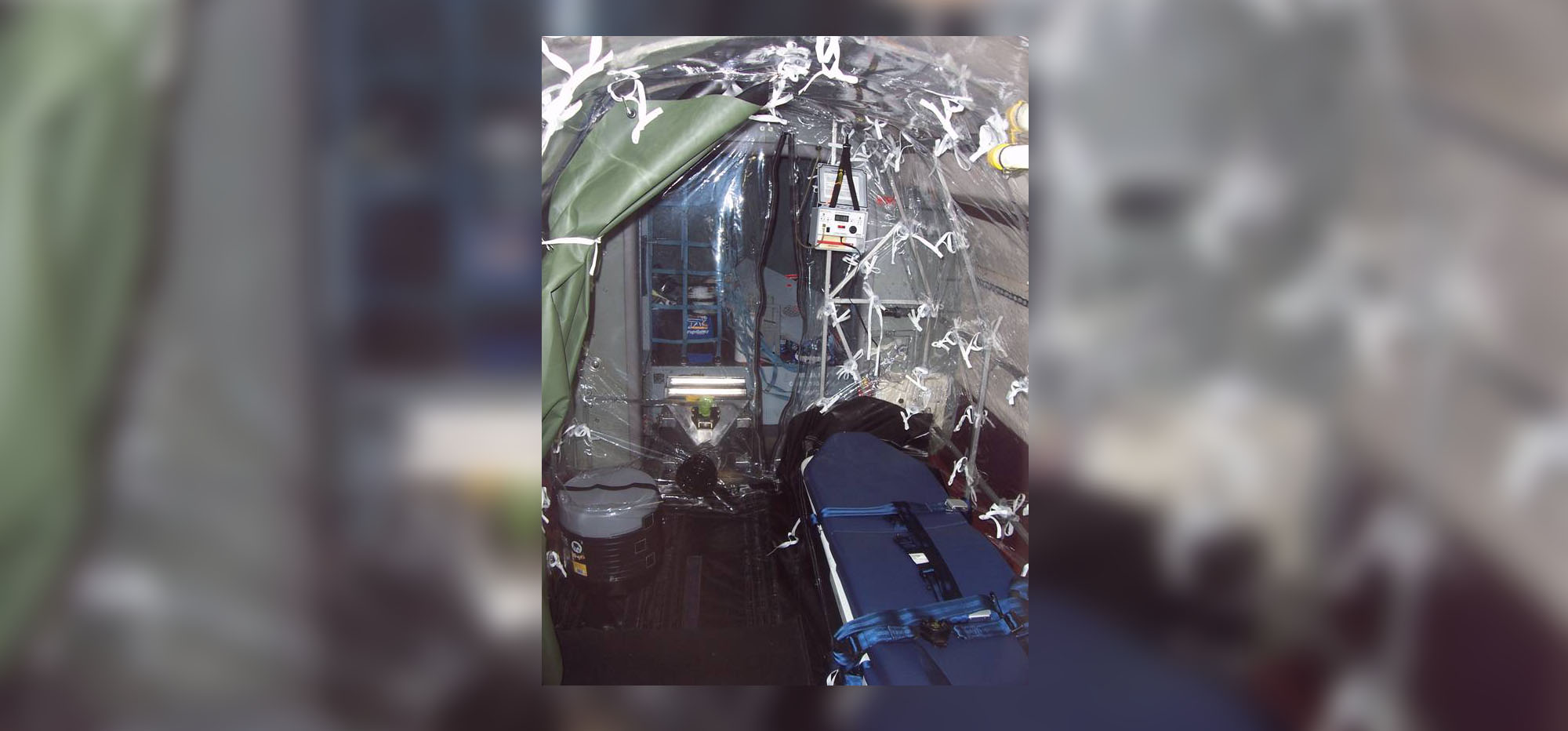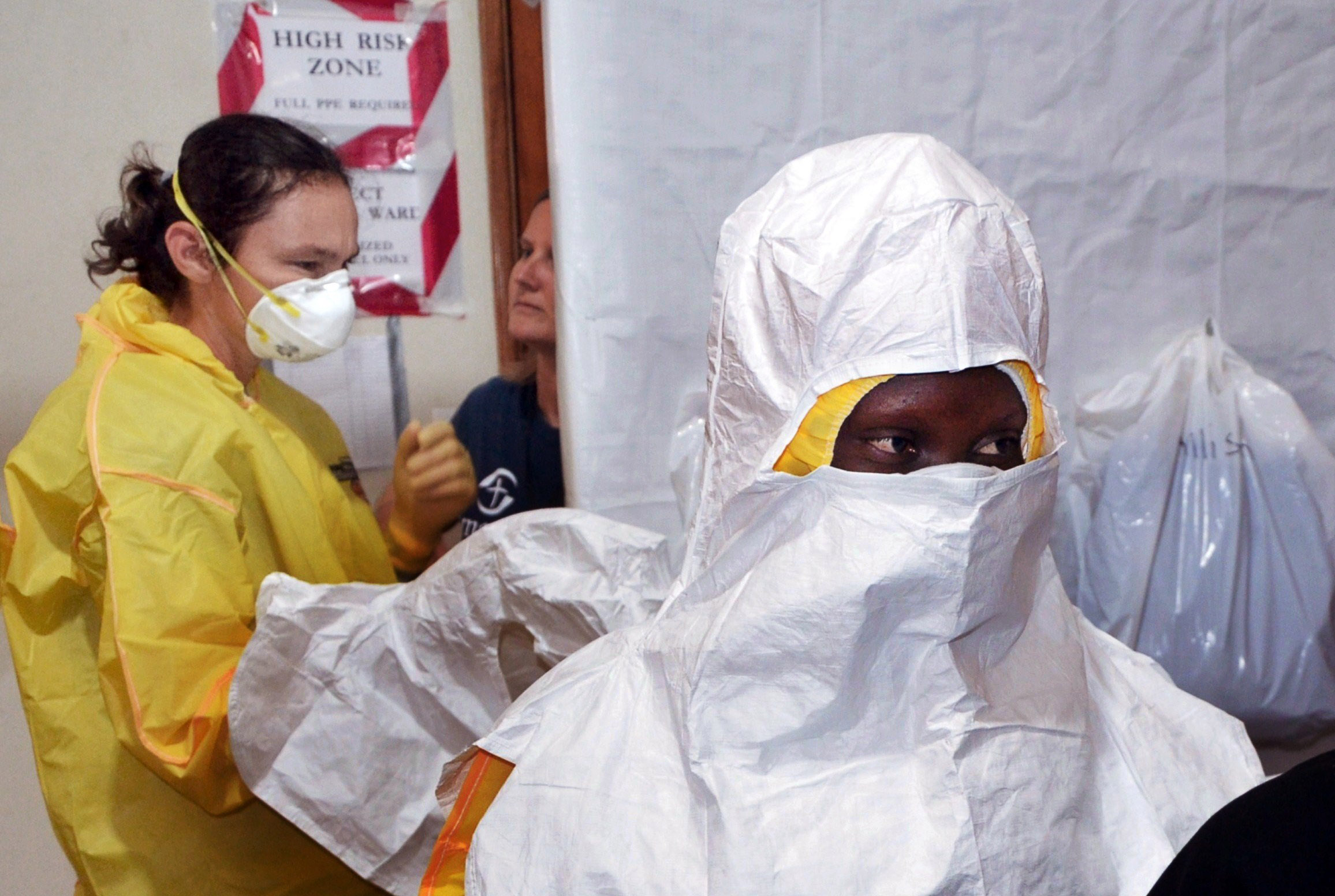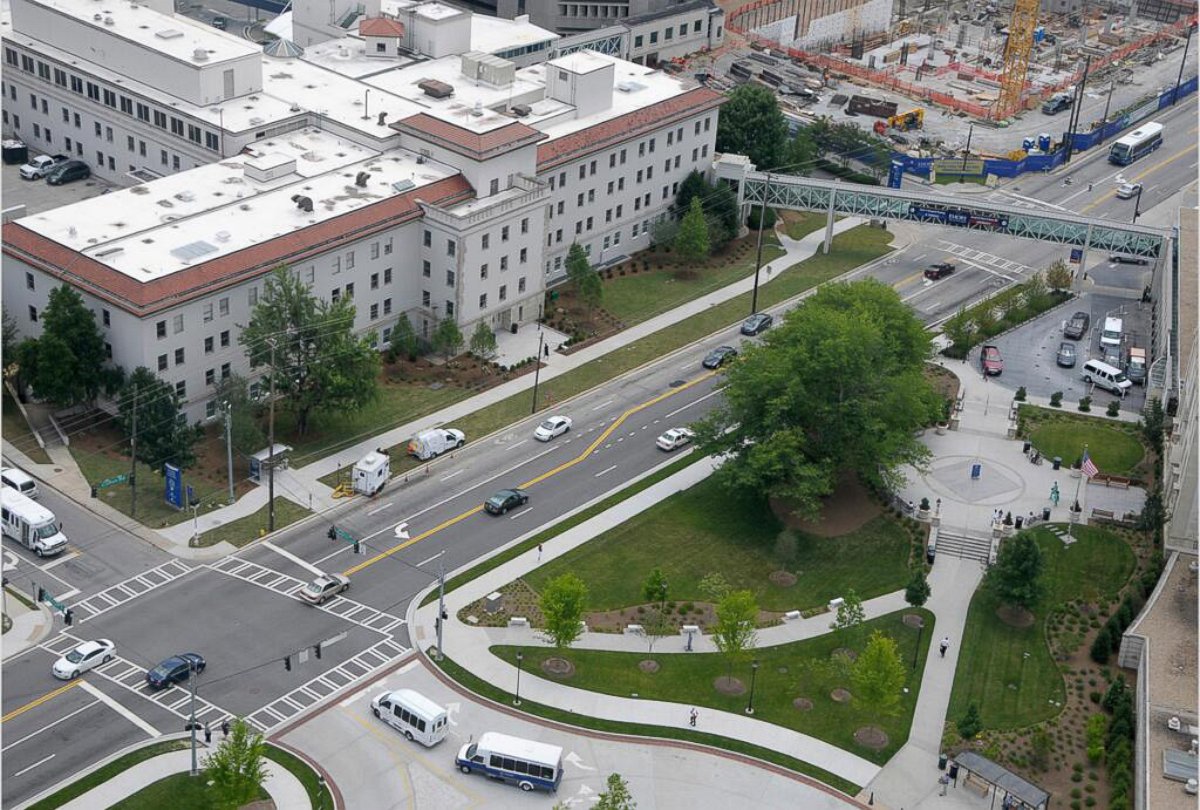What Happens Once Ebola Patients Arrive in the US
Two American aid workers will be treated in American hospitals.
— -- Two American aid workers infected with Ebola will both be treated at Emory University's hospital when they touch down in the U.S. over the next few days for a virus so deadly it kills around 60 percent of everyone it infects.
U.S. officials confirmed to ABC News that one of the patients would arrive via private plane on Saturday at Dobbins Air Force base in Georgia.
Dr. Kent Brantly and Nancy Writebol were working with infected patients in Liberia, when they also were infected with the virus.
In a news conference this afternoon, Emory's Dr. Bruce Ribner confirmed that they are both stable enough to travel and the hospital is ready to accept them.
Full Coverage of Ebola Outbreak
What Would Happen if the Ebola Virus Landed in the US
Ebola Alert: 2 More Americans Quarantined During Outbreak
"The first will come in the next several days. And then a second patient will come a few days after that," he said of the patients.
"The reason we are bringing these patients back to our facility is because we feel they deserve to have the highest level of care offered for their treatment," Ribner added. "They have become infected through medical care and we feel we have the environment and expertise to safely care for these patients and offer them the maximum opportunity for recovery."
Officials plan to move the aid workers by early next week and will likely use isolated pods to transport them safely.
Each pod looks like a small clear plastic tent and can be fitted into a modified small jet and transport the patient without risk to the flight crew.
The patients will be the first infected people with Ebola on U.S. soil. To keep the virus contained, the patients will be taken to specialized isolation wards. Emory's specialized ward is where medical teams have practiced and trained to treat highly infectious patients.

While Ebola is a terrifying and deadly disease, an outbreak of the virus is incredibly unlikely within the U.S. The containment units are designed to isolate infected patients and protect health workers and the public from the disease.
The director for the U.S. Centers for Disease Control, Tom Frieden, told ABC News the isolation unit was one of only four in the nation.
“It is physically separate from other patient areas and has unique equipment and infrastructure that provide an extraordinarily high level of clinical isolation,” Frieden told ABC News.
While there is no cure for Ebola, experts say that the intense personal care in the U.S. may help save the lives of the infected Americans once they land in the U.S.

While the virus starts out with flu-like, symptoms it can quickly progress from just fever and muscle weakness to vomiting, impaired kidney and liver function and in the worst cases internal and external bleeding.
To help treat patients doctors will try supportive therapies to regulate blood pressure, keep them hydrated and treat dangerous complications like blood clots.
Dr. Stephen Morse, professor of Epidemiology at Columbia University Mailman School of Public Health, said the U.S. doctors will likely have better technology to monitor and treat patients.
“It’s not so much that they’re going to do anything differently, it’s that we have more technology to be able to do is,” said Morse of treating Ebola-stricken patients. “It’s very labor intensive. ... Ultimately we don’t have a magic bullet.”

Morse said because the diagnosis is so dire, there’s a possibility doctors will attempt to use an anti-viral medication to combat the disease. He also said there is no medicine that is approved for use to treat the virus.
While Ebola is a highly fatal disease, it does not easily spread from person to person. The virus is transmitted through bodily secretions including blood and urine or through contaminated surfaces. As a result, the group most at risk is medical staff.

In Africa, the top Ebola doctors in Liberia and Sierra Leone died from the disease last month after treating patients.
To ensure their safety, American medical personnel will wear gear that protects their eyes, nose and mouth from infection. The gear will even protect doctors from inhaling minute respiratory droplets let behind when a person is coughing.
Morse said that in spite of the protections, health workers are still at risk and have to remain hyper-vigilant about protocols.
“You can accidentally infect yourself by rubbing your eye or nose by taking your mask off,” said Morse. “The problem with Ebola is that a small mistake can have tremendous consequences.”




